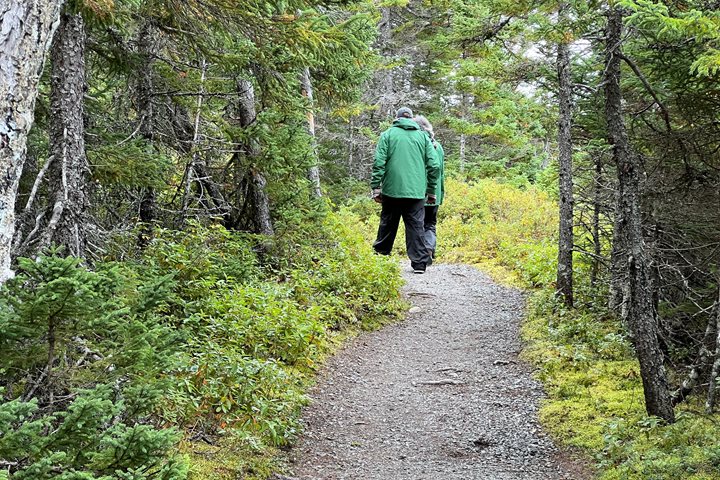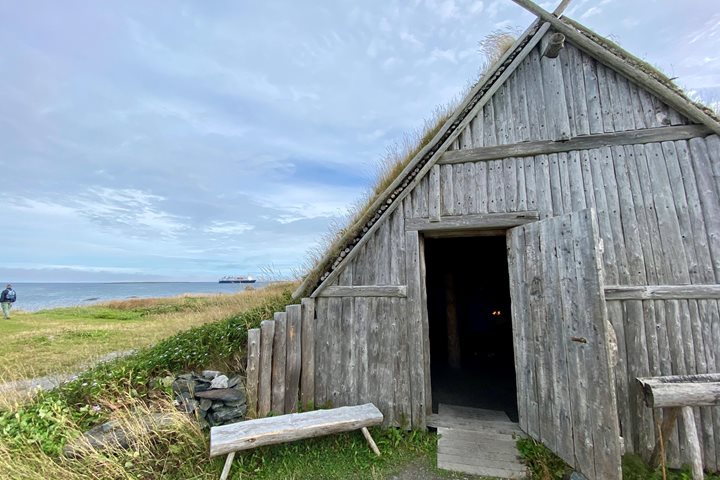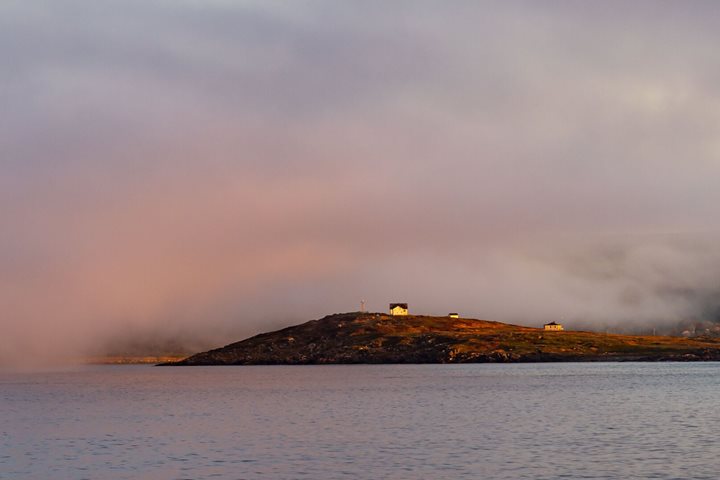Newfoundlanders call their home “The Rock,” a good description of an island that was scraped clean of soil and vegetation not long ago by the glaciers of the ice ages. Today, lovely wetlands and low forests have returned, but the bedrock of the island is still well exposed and its easy availability allows us to see clearly into the great events of the past that formed this part of Atlantic Canada. To experience this aspect of the island we spent our day exploring one of Canada’s greatest natural treasures: Gros Morne National Park.
Gros Morne, along the west side of Newfoundland, has been designated as a UNESCO World Heritage Site both for its stunning scenery of fiords, deep lakes and rolling highlands, and for the unique features of its geology. During the formation of Pangea, around half a billion years ago, the rocks that were to become Newfoundland lay on the seafloor between what would later be North America and Africa and were crushed and thrust upward as the continents came together. The violence of this gigantic collision pushed a section of deep seafloor rocks, including the lowest parts of the earth’s crust and a section of the mantle below up over the rocks on the eastern margin of North America. These mantle rocks, called ultramafics, are extremely rare on the earth’s surface and have an unusual chemistry that prevents the formation of good soils.
After a short ride from our landing we found ourselves in a wide valley, standing on yellowish-orange rock where very few plants were growing, looking over to the hills on the opposite slope which were composed of grey rocks and densely covered with trees and scrub. We were standing on the earth’s mantle, looking across the valley at the rocks of the seafloor that covered it long ago - a really amazing place to be. Some of us took an easy hike up the mantle side of the valley bottom, led by a local guide and a Parks Canada ranger who both did a great job of bringing alive the details and the very big picture of what we were seeing. Others in our group hiked a strenuous trail up the side of the valley, to a viewpoint that gave an even more spectacular look over the meeting place of these two great pieces of the ancient earth.
After a quick and delicious lunch back on board National Geographic Explorer, we went out again, this time to the opposite side of the fiord where our ship was anchored. Some of us went on a nautical tour of the area where we landed, visiting the Marine Center, a picturesque lighthouse and a traditional fishing “stage” where local inshore fishing boats have landed their catches for generations.
Meanwhile, others of us were not yet done hiking and rode half an hour over to Western Brook Pond. Despite its name, this is actually a large lake, the remnant of a fiord where the sea once flooded a glacial valley. We walked across flats of sedimentary rock, which were mostly covered with wetlands, shallow lakes and a low forest of alder and spruce. In the distance rose the steep escarpment of the Long Range Mountains, its wall split by the deep valley cut by the glacier. A light rain was falling, and the wonderful variety beautiful greens in the forest were nearly glowing in the soft, even light. It was a lovely look at the real nature of western Newfoundland, and would have been quite enough in its own right, but on our way back we found what many of us considered to be the highlight of the day – a young female moose, browsing on alder and scrub very close to the trail. We approached quietly – the only sounds were the clicking of our cameras – and we were rewarded with an excellent encounter. The moose looked up at us calmly once or twice, and then went back to her lunch, nearly oblivious to our presence. This gave us an excellent opportunity for photography, and to simply observe this magnificent inhabitant of the northern forests.
Our day in Gros Morne National Park showed us the very best of Newfoundland’s nature, an island rich in geology, flora and fauna and in the friendly people who welcomed us to their communities.







